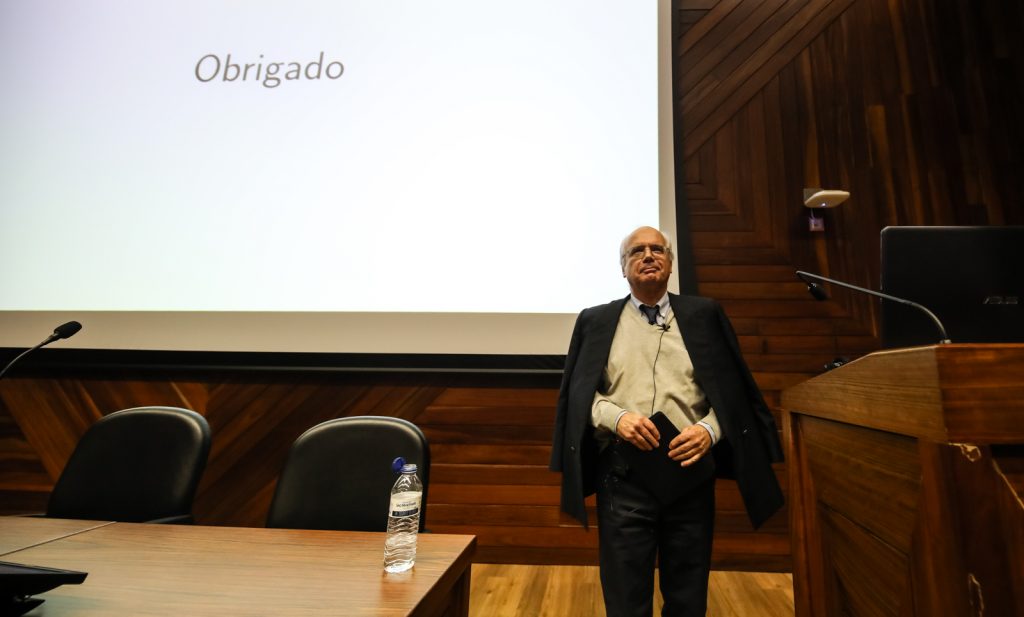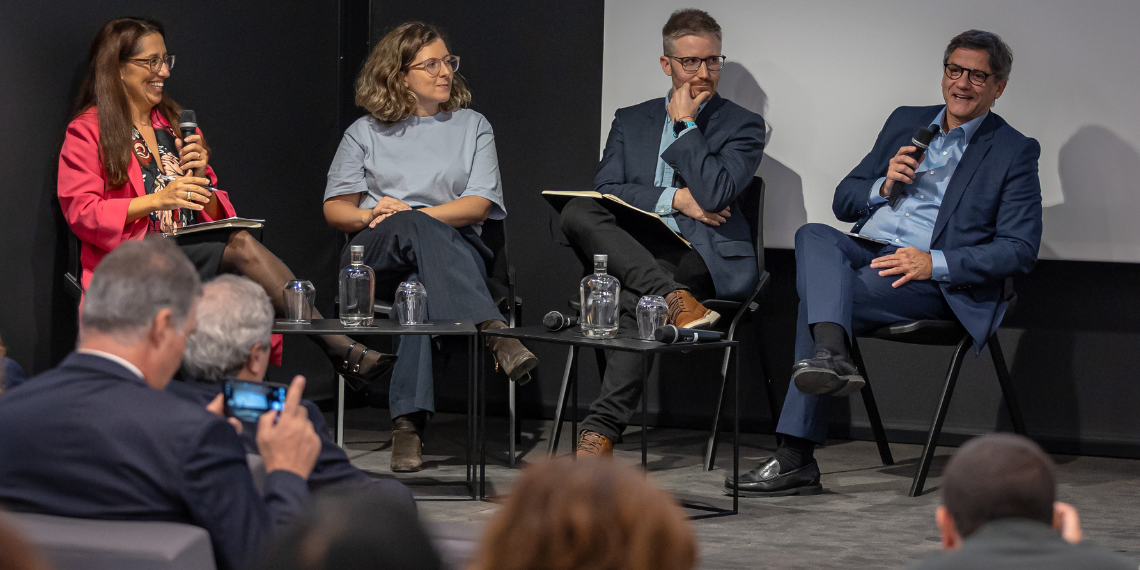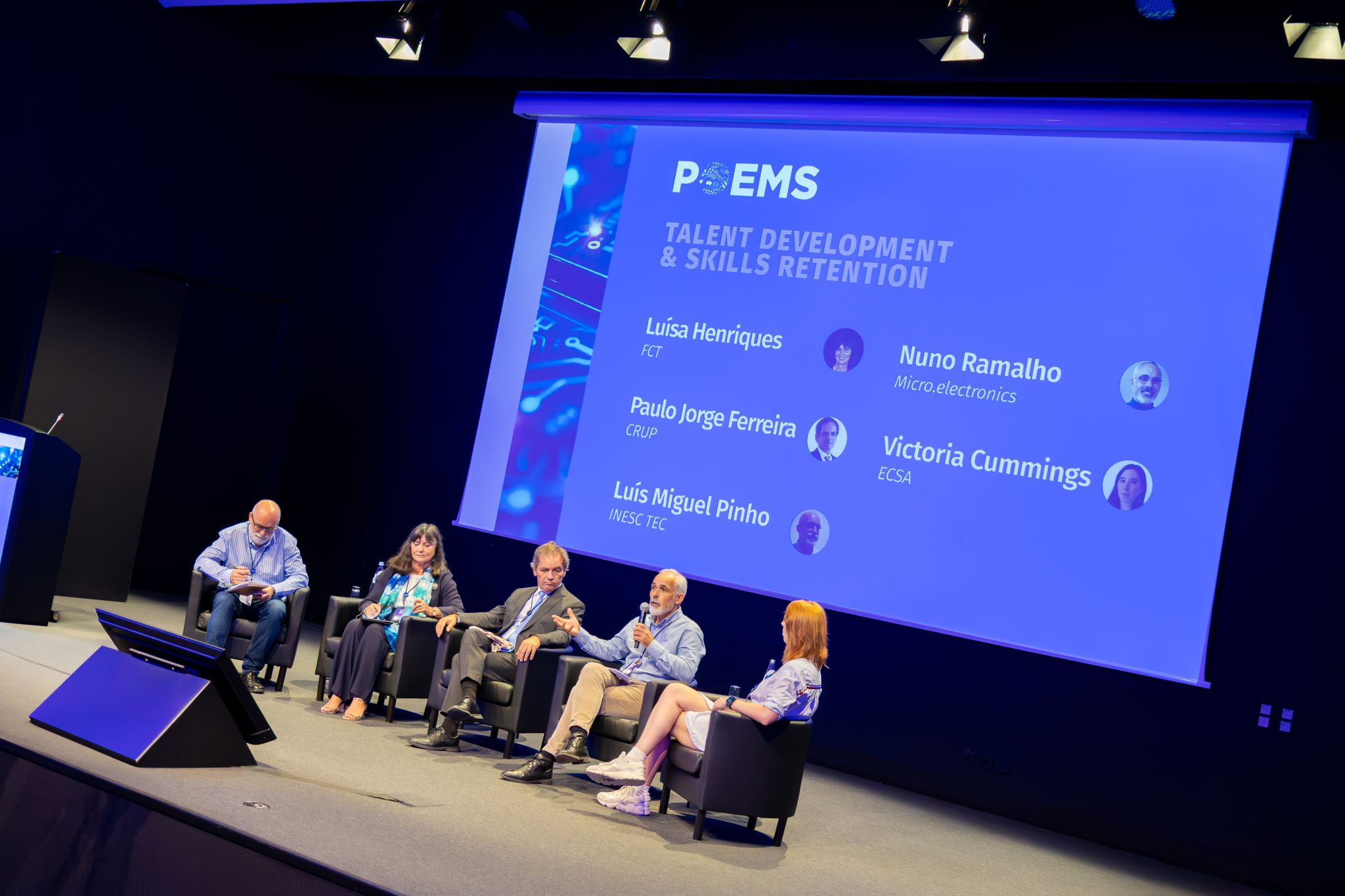Ciência e Engenharia dos Computadores
Os computadores, que vão desde os cada vez mais reduzidos dispositivos programáveis, os omnipresentes smartphones, até aos supercomputadores, atualmente capazes de realizar mais de um trilião de operações por segundo, tornaram-se uma componente central e cada vez mais indispensável da vida quotidiana. A ciência e a engenharia informática são os pilares da evolução imparável da computação e permitem a sua aplicação a uma infinidade cada vez maior de soluções baseadas em computadores.
Além disso, os sistemas informáticos em sectores cruciais como os serviços públicos, os cuidados de saúde, os transportes e as finanças apresentam riscos novos, muitas vezes imprevistos, que desafiam os nossos conhecimentos e colocam desafios difíceis e intrincados associados à interoperabilidade, à escalabilidade, à segurança e à criticidade. A nível mundial, os sistemas informáticos nas organizações são responsáveis por mais de 10% de todo o consumo global de energia e por cerca de 2% das emissões globais de CO2, o que faz com que a sustentabilidade de grande parte da nossa inovação seja também um desafio significativo.






